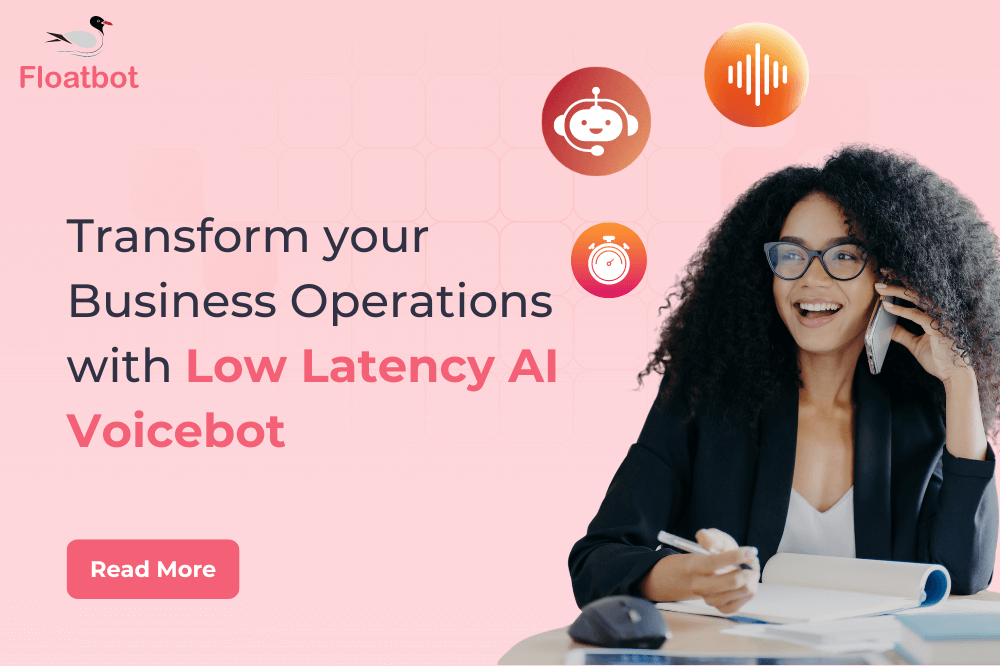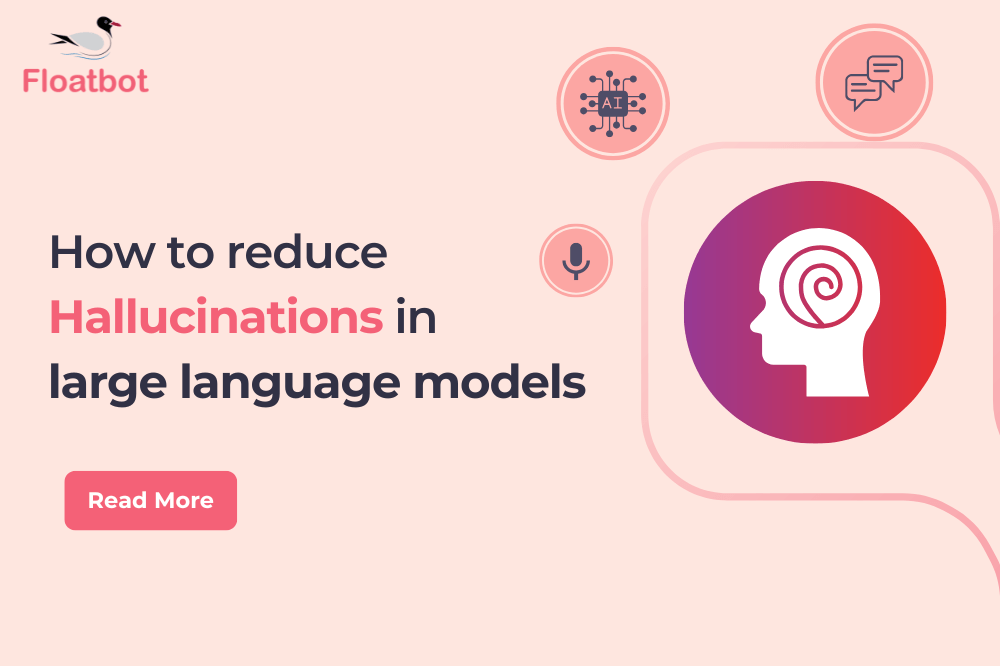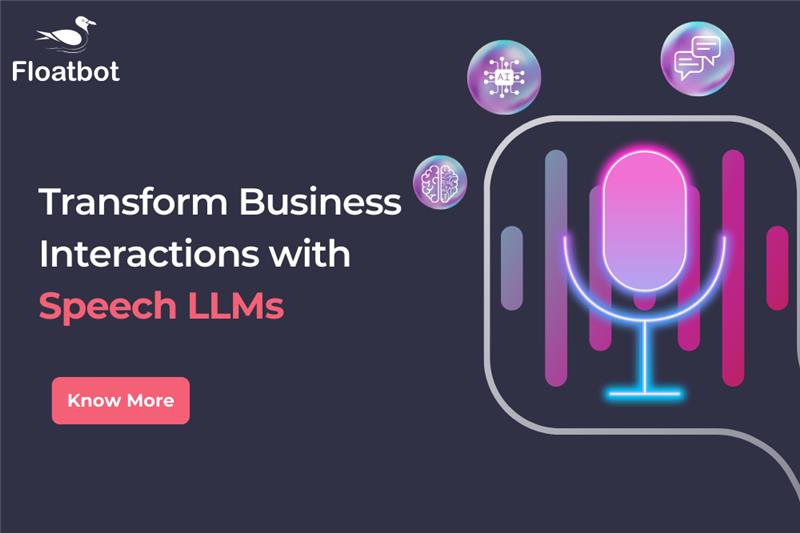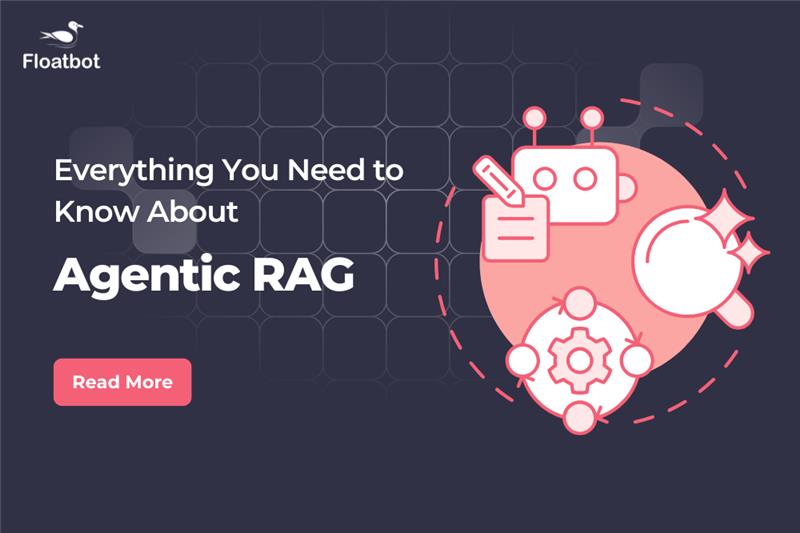Leveraging In-Context Learning - Achieving Long Contexts for Enhanced LLM Performance
Discover how long contexts and in-context learning in large language models (LLMs) can significantly increase LLM performance.
- Aug 05 2024
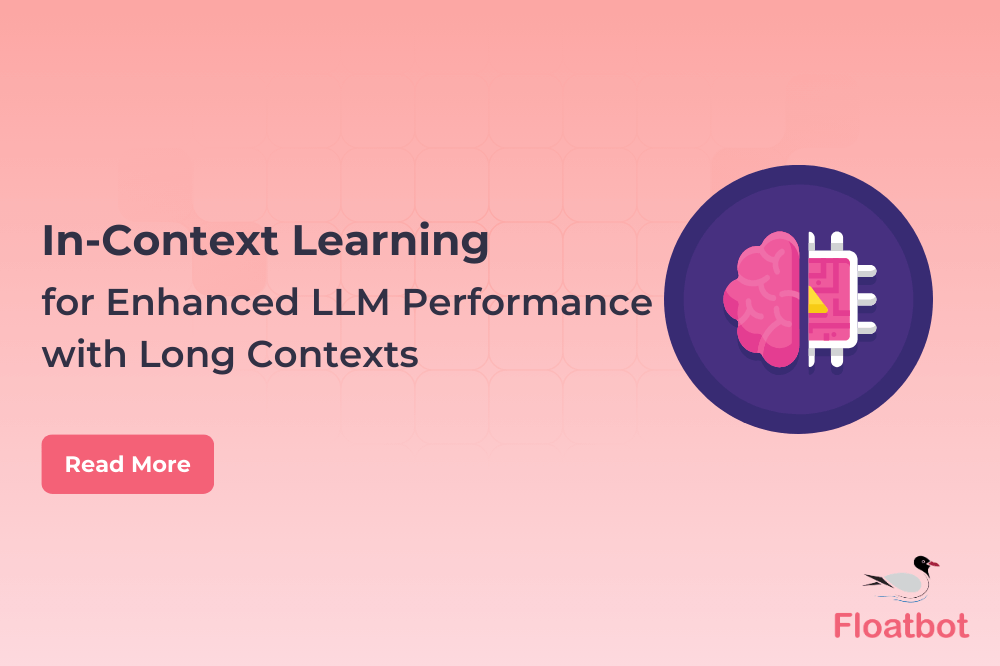
When you interact with large language models (LLMs), context refers to how much text the model considers when generating you a response. Contexts in LLMs is also known as the context window which is measured by a specific number of tokens (words or parts of words).
Context window is considered as the model's short term memory. So, your conversation is remembered by the model & what you’ve said, making sure dialogue flows smoothly.
In context learning in LLM further enhances the model’s ability to adapt to new tasks. And provide more relevant responses based on information you provide in the conversation you are having.
Long contexts extend this capability by enabling the model to handle more detailed interactions with you. The ultimate benefit of all this is a better performing LLM with better responses. Want to dive deeper into how long context LLMs work and why they matter? Learn more here.
What is In Context Learning & How does it Work
In context learning is a feature of Large language models (LLMs). Basically, you give the model examples of what you want it to do (via prompts) and it takes those examples to perform the required task. So that you can skip explicit retraining. How it works:
- Prompt engineering – you give the model instruction and example. For example, if you want the LLM to translate English to French you include some English sentences and then their French translation.
- Pattern recognition – model looks at your examples to find patterns. It also uses what it already knows to understand the task.
- Task execution – so, now the model is ready to handle new inputs that follow the same pattern. Meaning, it can now translate English to French.
How to Achieve Long Context LLMs
With extended context LLMs can better handle ambiguity, generate high-quality summaries & grasp overall theme of a document. However, a major challenge you might face in developing and enhancing these models is extending their context length. Why? because it determines how much information is available to the model when generating responses for you.
Increasing the context window of LLM in context learning is not really straightforward. It introduces significant computational complexity because the attention matrix grows quadratically with length of the context. But don’t worry we got you covered.
Here are some of the best ways to achieve long contexts in LLMs:
Architectural Modifications
To manage longer sequences, you can explore architectural modifications that enhance how your LLM processes extended contexts. Techniques like modified positional encoding involve altering the way positional information is integrated into the model. For instance, you might use learnable positional encodings or sparse attention mechanisms that reduce the computational complexity associated with long contexts.
Altered attention mechanisms such as Longformer’s dilated convolutions or Reformer’s locality-sensitive hashing enable the model to attend to longer sequences more efficiently. These methods reduce the quadratic complexity of traditional attention mechanisms, which scales with the square of the sequence length.
Model Compression
Model compression techniques like pruning and quantization are essential for handling longer contexts efficiently. Pruning involves removing redundant or less significant parameters from the model, thus reducing its size and computational load. This can be done through structured pruning, which removes entire neurons or layers, or unstructured pruning, which targets individual weights.
Quantization reduces the precision of the model’s weights from floating-point to lower-bit representations (e.g., 8-bit integers), which decreases memory usage and speeds up computations. Both methods help you work with larger context in LLM by making the model more compact & efficient without significant loss in performance.
Leveraging Computational Resources
Optimizing computational resources is crucial for processing extended sequences. Memory management techniques, such as Gradient Checkpointing, can help manage the large memory footprint of long-context models by saving intermediate activations and recomputing them during backpropagation.
Parallelization strategies, including model parallelism and data parallelism, distribute the workload across multiple GPUs or Nodes. Model parallelism involves splitting the model itself across different processors, while data parallelism involves splitting the input data. Efficient parallelization ensures that your LLM can handle longer contexts without exceeding memory limits or computational constraints.
Training Data and Scope
Training your model on diverse and extensive datasets can improve its ability to handle longer contexts. Data augmentation techniques, such as generating synthetic data or incorporating domain-specific corpora, can expose the model to a wider range of contexts and relationships. This helps the model learn to manage longer sequences more effectively.
Additionally, curriculum learning where you gradually increase the complexity of the training data can help the model adapt to Longer Contexts. Start with shorter sequences and progressively introduce longer ones, allowing the model to build its understanding incrementally.
Performance Balance
Balancing context window size with computational efficiency involves several considerations. Scaling laws suggest that as you increase the context length, the model’s performance improves but at a cost of increased computational resources.
You need to optimize the trade-off between the size of the in context learning LLM context window and the available resources.
Efficient attention mechanisms like Linformer or Performer, are designed to scale linearly with sequence length rather than quadratically. By incorporating these techniques, you can extend the context window while managing the computational overhead effectively.
Striking the Right Balance involves profiling and benchmarking your model to identify the optimal context size that provides the best performance within your resource constraints. This ensures that you get the most out of your LLM while keeping the computational demands in check.
How in-context learning and long context windows in LLMs can specifically benefit the BFSI sector
Enhanced Customer Service
LLMs enable you to offer clients suitable financial advice by remembering their past interactions & preferences. By providing more relevant recommendations, you significantly enhance your upsell and cross sell opportunities.
Next, handling customer inquiries about account details, transactions, loan applications and insurance policies becomes much faster and more accurate with LLMs. As a result, your team can focus on addressing complex issues leading to higher customer satisfaction.
Improved Efficiency & Productivity
LLMs can automate the processing of documents like loan applications, insurance claims and compliance reports, reducing manual effort and speeding up processing times.
By analyzing transaction patterns and contextual information, LLMs can also come in handy when helping identify fraudulent activities.
Cost Savings
Automating routine tasks & customer service with LLMs reduces your need for extensive human resources. Ultimately the result from this is cost savings for you. It can also help reduce errors. Accurate and context aware responses help minimize errors in transaction processing, compliance reporting & customer interactions, reducing costs associated with rectifying mistakes too.
Floatbot.AI
Leverage Floatbot’s Multi-modal AI Agent + Human-in-loop platform to easily build enterprise-grade, LLM powered chat AI Agents, Voice AI Agents, text/SMS AI Agents with no code/low code. Augment your human agents’ productivity with Real-time AI Agent Assist. With us:
- Automate & optimize your workflows & operations with AI Agents (Agentic AI)
- Launch self-serving AI Agents for your Customers without any need for human intervention
- Increase human agent Productivity by up to 50%
- Reduce AHT by 70%
- Increase CSAT Score by 80%
- Get a Boost in Customer issue Resolution Rate by 70%
- Enhance CX by 85%
- Improve First-time Right resolutions by 60%

